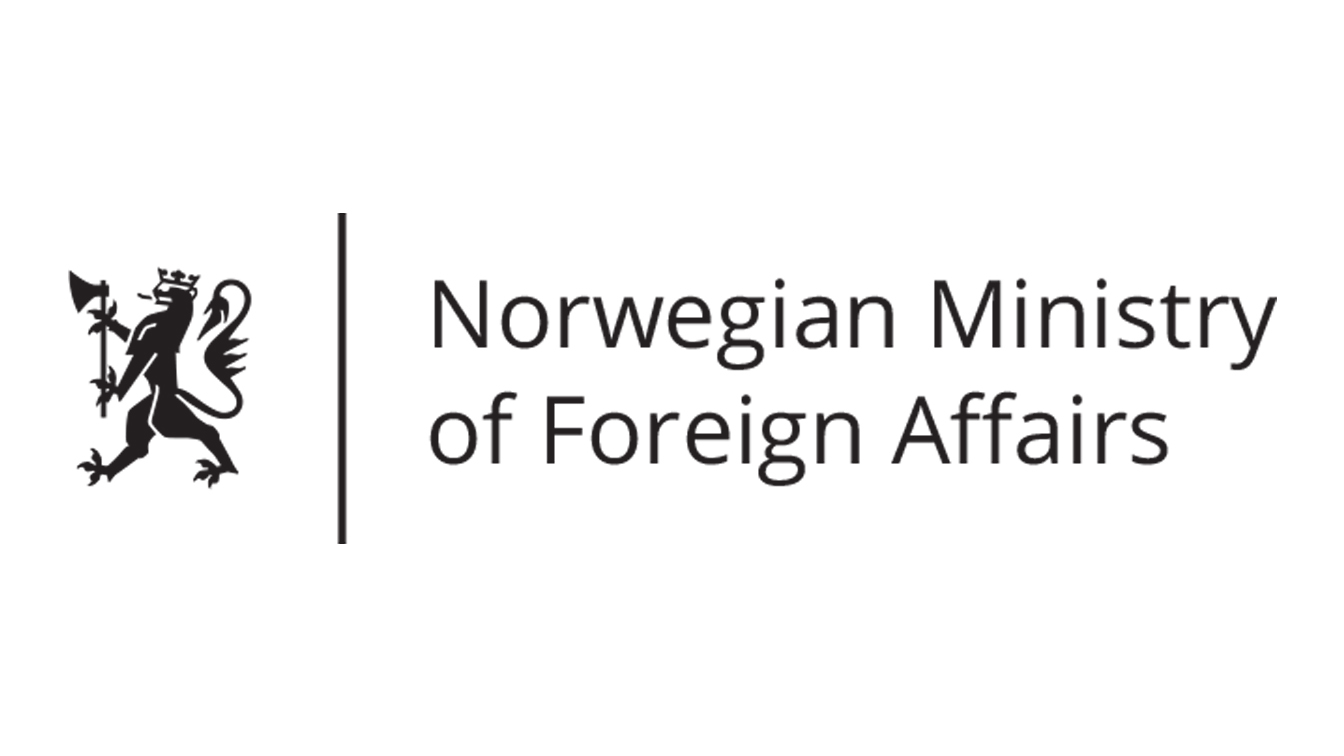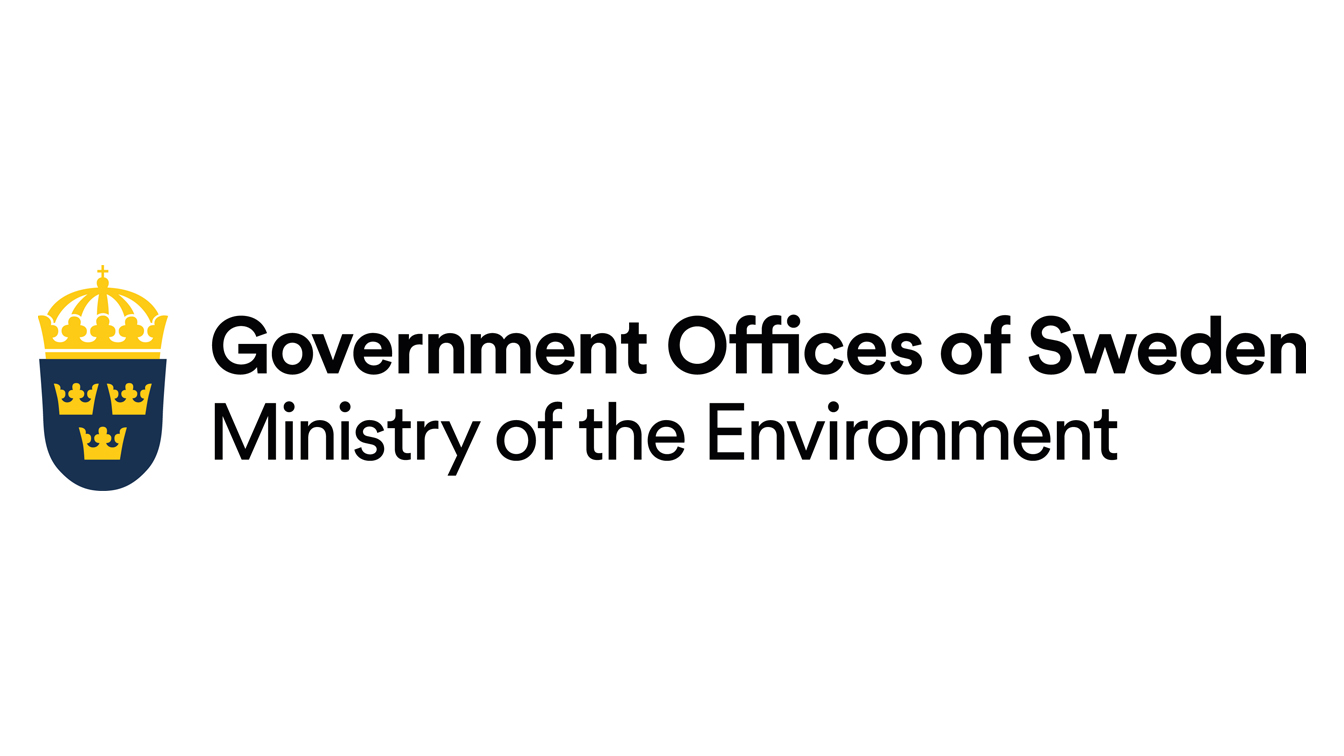Harnessing the Power of Finance and Technology to Deliver Sustainable Development
Still Only One Earth: Lessons from 50 years of UN sustainable development policy
Without transferring technological and financial resources to developing countries, we cannot achieve the Sustainable Development Goals and the Paris Agreement on climate change. Yet, though the world has enough money to fund sustainable development, there is a financing gap and a persistent digital divide—shortfalls the pandemic will worsen. (Download PDF) (See all policy briefs) (Subscribe to ENB)
“Every dollar we invested to map the human genome returned USD 140 to the economy,” said U.S. President Barack Obama in his 2013 State of the Union address. Obama was referring to the Human Genome Project, completed ten years earlier, which led to the sequencing of the human genome. The global effort to sequence the DNA in the human genome transformed biological science and enabled work on hereditary contributions to diseases such as diabetes, heart disease, and mental illness, new approaches to the prevention and treatment of disease, and accelerated drug discovery. With adequate access, such breakthroughs can ensure healthy lives for millions around the world.
We live at a time of unprecedented technological change. Discoveries brought about by the Fourth Industrial Revolution are disrupting the global economy and transforming institutions, industries, and individuals. The potential of technology to power progress is enormous. It can put the world on a path toward sustainable development for people, peace, and prosperity, and increase its environmental sustainability (UNCTAD, 2018, pp. iii, xi)—provided it is available to all countries and all peoples.
Finance is another key component of achieving sustainable development. After all, as Demosthenes aptly said in the 5th century BC, “We need money, for sure, Athenians, and without money nothing can be done that ought to be done.” Without resources, the world cannot achieve the 2030 Agenda for Sustainable Development and the Paris Agreement on climate change.
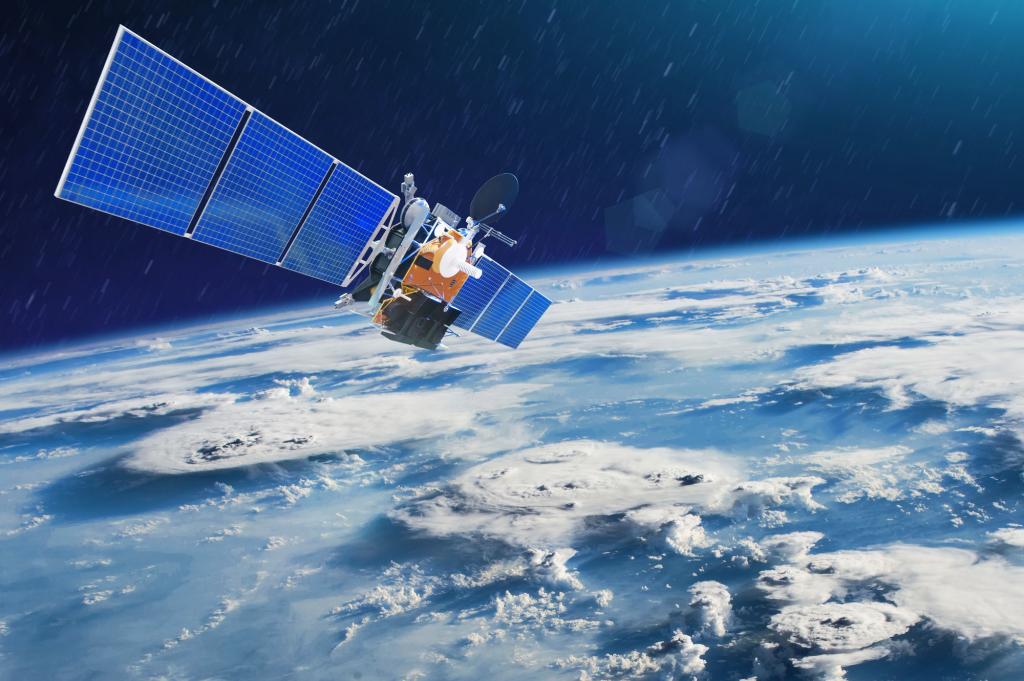
Sustaining Development Since 1972
The international community’s efforts to respond to environmental and sustainable development issues by mobilizing financial and technological support for developing countries date back to 1972 when the United Nations Conference on the Human Environment adopted the first global set of principles to help preserve and enhance the human environment. Principle 12 of the Stockholm Declaration recognizes additional international technical and financial resources should be made available to developing countries “to preserve and improve the environment.”
Twenty years later, the 1992 Earth Summit in Rio de Janeiro built on the Stockholm legacy by expanding the vision for global partnership and cooperation for sustainable development.
The principles in the Rio Declaration on Environment and Development recognize developed and developing countries have “common but differentiated responsibilities” due to their different contributions to global environmental degradation and in view of “the technologies and financial resources they command” (Principle 7). Principle 9 provides for scientific and technological knowledge exchange and for enhanced development, adaptation, diffusion, and transfer of technologies.
The Earth Summit also gave birth to the three Rio Conventions: the United Nations Framework Convention on Climate Change (UNFCCC); the Convention on Biological Diversity (CBD); and the United Nations Convention to Combat Desertification (UNCCD). The Global Environment Facility (GEF), which aims to enable developing countries “to take actions that they could otherwise not afford” (Lean, 2016), serves as the financial mechanism for all three Rio Conventions.
In the wake of the Earth Summit, private financial institutions recognized the role of the financial sector in achieving sustainability and the United Nations Environment Programme’s (UNEP) Finance Initiative was formed. Through the Initiative, UNEP partners with the global financial sector “to mobilize private sector finance for sustainable development.” The Initiative has helped “catalyze integration of sustainability into financial market practice” by supporting Principles for Responsible Banking, Principles for Sustainable Insurance, and Principles for Responsible Investment.
In June 1997, the United Nations General Assembly adopted the Agenda for Development, where the idea of an international conference on financing for development (FfD) was floated (Bhandary et al. 2015, p. 1). It took many years of negotiations and three international conferences before multilateral efforts to address the challenges of FfD culminated in the adoption of the Addis Ababa Action Agenda in 2015.
Sustaining Development Today
The Addis Ababa Action Agenda (AAAA) provides a global framework for financing development aligned with the 2030 Agenda and its Sustainable Development Goals (SDGs). The AAAA outlines action areas to guide global FfD efforts, including:
- domestic and international resources;
- public and private resources;
- international development cooperation;
- science, technology, and innovation (STI); and
- capacity building.
The AAAA established a Technology Facilitation Mechanism (TFM) to support the SDGs by encouraging the development, adaptation, dissemination, and diffusion and transfer of environmentally sound technologies to developing countries. The TFM convenes the annual Multi-Stakeholder Forum on Science, Technology, and Innovation for the SDGs, known as the STI Forum, to discuss cooperation on STI around thematic areas for SDG implementation. The STI Forum’s main strength lies in its convening power. While it cannot compel stakeholders to share their know-how with others, it provides the space to discuss developing countries’ needs and gaps, showcase technologies for the SDGs, and promote networking.
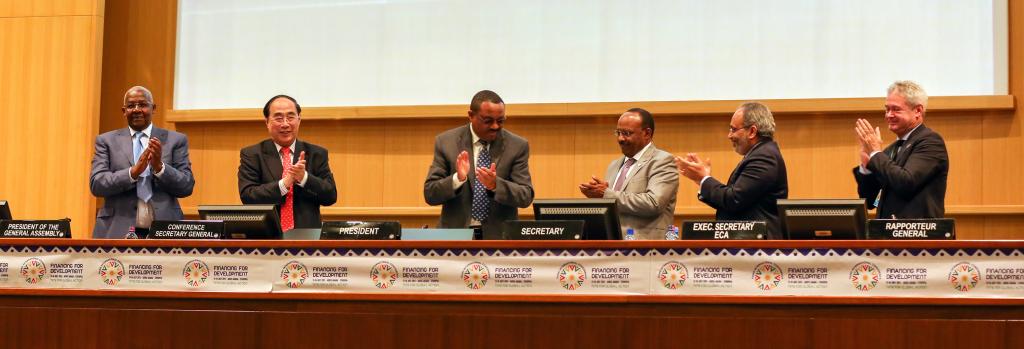
In addition to the AAAA, 2015 yielded several other international agreements where means of implementation (MOI) feature prominently as part of multilateral efforts to achieve a better world. The 2030 Agenda seeks to end poverty and hunger, improve health and education, reduce inequality, and spur economic growth, while also addressing climate change and preserving our oceans and life on land. Each of the 17 SDGs enshrined in the 2030 Agenda contains targets on MOI, and SDG 17 specifically aims to “strengthen the means of implementation and revitalize the global partnership for sustainable development.”
Countries have committed to strengthen domestic resource mobilization and mobilize additional financial resources to achieve the 2030 Agenda. Developed countries aim to meet their official development assistance (ODA) commitments, enhance innovation, and promote diffusion of research to developing countries. Countries have also pledged to enhance North-South, South-South, and triangular regional and international cooperation on and access to STI.
The world reached another milestone in 2015 with the Paris Agreement on climate change. The Paris Agreement dovetails with SDG 13 (climate action) and aims to keep global warming “well below” 2°C and pursue efforts to limit it to 1.5°C to avoid the worst impacts of climate change. In Paris, the Conference of the Parties (COP) to the UNFCCC urged developed countries to scale up financial support and jointly mobilize USD 100 billion per year by 2020 to help developing countries reduce emissions and adapt to climate change, providing them with technological and capacity-building support along the way.
The Green Climate Fund (GCF), the GEF, the GEF-administered Least Developed Countries Fund and Special Climate Change Fund, and the Adaptation Fund serve the Paris Agreement. A technology framework established by the Paris Agreement provides guidance to the UNFCCC Technology Mechanism, which supports developing countries’ efforts to accelerate and enhance climate action by helping them develop and transfer technologies for mitigation and adaptation.
Outside the UNFCCC, financial and technological support for climate action draws from a variety of sources, including ODA, the multilateral development banks, and multilateral climate funds, such as Climate Investment Funds (CIF) and the Nordic Development Fund (NDF). Over the last 12 years, the CIF mobilized over USD 8 billion for climate action. With the five Nordic countries (Denmark, Finland, Iceland, Norway, and Sweden) providing the capital base, the NDF is a smaller fund. In 2020, it offered EUR 350 million for climate financing.
“We Need Money, For Sure.”
With global GDP estimated at over USD 80 trillion, and global gross financial assets at over USD 200 trillion, the world has enough money to finance sustainable development (United Nations, 2019b, p. 1). Yet “financing remains a major bottleneck”—a challenge further aggravated by slow growth, high debt, growing trade restrictions, increasing environmental shocks, and the impacts of the COVID-19 pandemic, which is expected to further slow the decade-low growth of 2.3% in 2019 (United Nations, 2020, pp. v, xvii, 1).
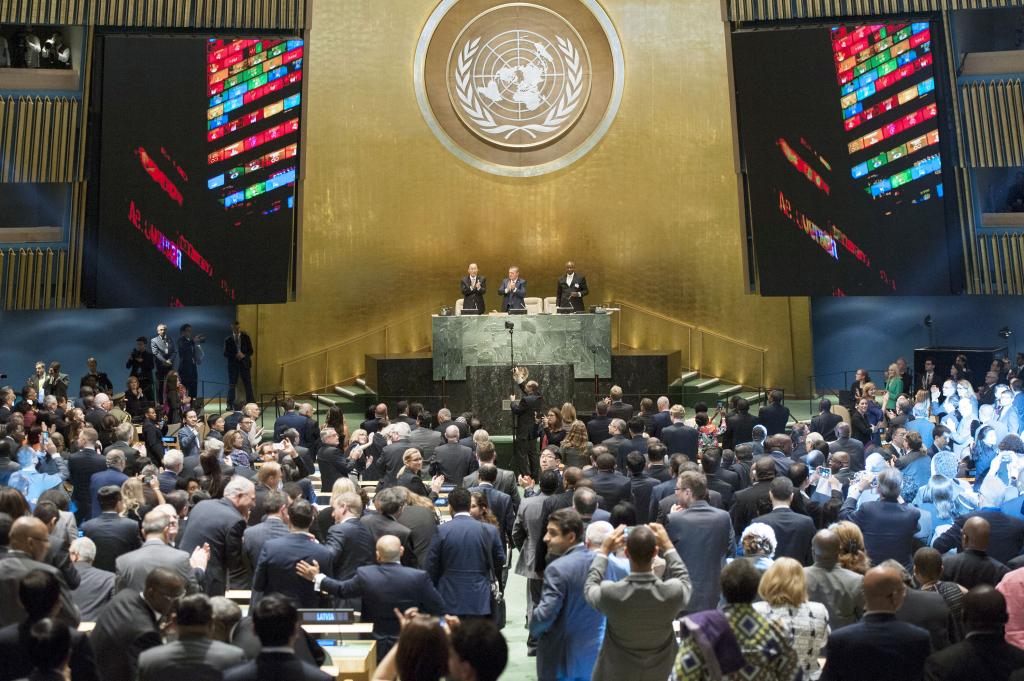
The financing gap to achieve the SDGs is estimated at between USD 2.5 and USD 3 trillion per year (United Nations, 2020, p. xvii). If about 3% of global GDP went to sustainable development, the world could bridge this gap. Yet “substantial backsliding in key action areas” has been observed (United Nations, 2020, p. xvii). ODA decreased by 4.3% in 2018, and ODA to least developed countries (LDCs) fell by 2.2% in real terms (United Nations, 2020, p. 81). Although in 2019, bilateral ODA to LDCs rose by 3% in real terms, the COVID-19 pandemic is likely to reverse those gains.
Developed countries’ pledge of raising USD 100 billion per year in climate finance has also proven difficult to achieve. While public and private climate finance has been on the rise, it still falls significantly short of the goal. For example, the total climate finance provided and mobilized by developed countries in 2017 was USD 71.2 billion—the highest since 2013 (OECD, 2019, p. 8). While USD 100 billion could have been mobilized in 2020 under certain scenarios (OECD, 2016), projections must be revised downwards considering the pandemic.
In addition to insufficient funds, the complex and fragmented climate finance architecture poses challenges of its own. Developing countries, for example, often find the process of accessing finance “complicated, time-consuming and disjointed” (United Nations, 2020, p. 89).
Understanding the Global Environment Facility
The Global Environment Facility provides grants to developing countries and countries with economies in transition for projects in six focal areas: biodiversity; climate change; chemicals and waste; land degradation; international waters; and sustainable forest management. The GEF is also a designated financial mechanism for the CBD, the UNCCD, the UNFCCC, the Stockholm Convention on Persistent Organic Pollutants, and the Minamata Convention on Mercury. The GEF is associated with several global and regional agreements on international waters and the Montreal Protocol on Substances that Deplete the Ozone Layer. It has 18 implementing partners, including the World Bank, the United Nations Development Programme, the United Nations Environment Programme, the Food and Agriculture Organization, other UN agencies, and regional development banks.
The Promise of Technology
Technology can be a powerful lever for sustainable development. The AAAA recognizes advances in STI can enhance countries’ ability to reach the SDGs and improve the lives of their citizens. In recent years, the role of digital technologies has gained prominence. Digital technologies have impacted financial markets, public finance, and development pathways (United Nations, 2020, p. 15) through the spread of cloud computing, blockchain, big data, and artificial intelligence, among other innovations. The COVID-19 pandemic has underlined digital technologies’ importance as people and businesses explore teleworking options, students switch to distance learning, and online retail skyrockets. Affecting nearly every sector, digital technologies can improve resource efficiency, support the circular economy, enable zero-carbon energy systems, and help monitor and protect ecosystems, among other benefits (Sachs et al., 2019a, p. 810).
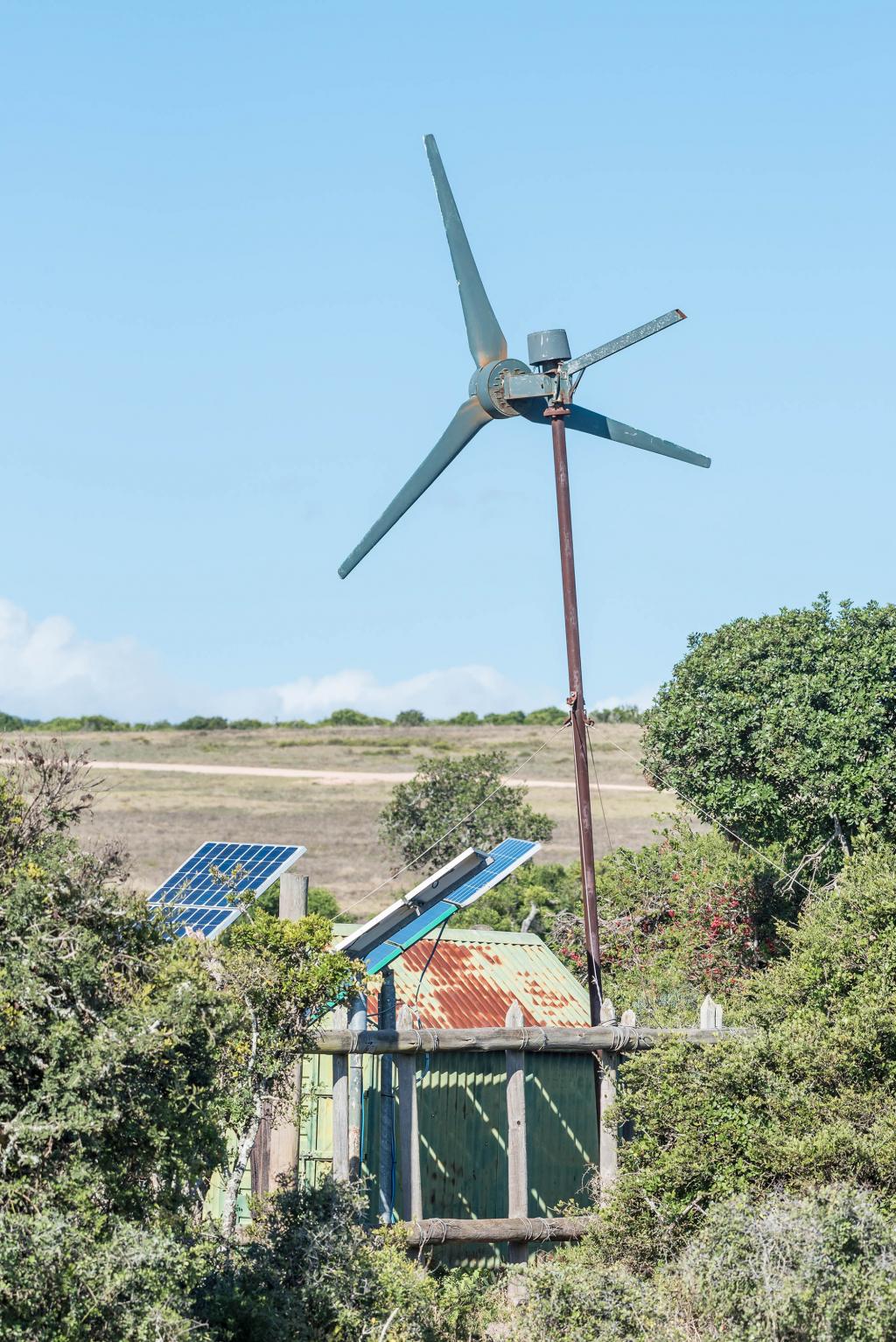
However, there are “persistent gaps” between developed and developing countries’ access to and use of existing technologies (UNCTAD, 2018, p. xi) as well as “a persistent digital divide,” recognized in the AAAA. While ODA specifically targeting the development of STI capacities in developing countries has more than doubled between 2014 and 2019, from approximately USD 0.9 billion to 2.4 billion, and North-South and South-South collaboration in scientific research “has grown considerably,” ODA for STI capacity development in LDCs, landlocked developing countries, small island developing states (SIDS), and Africa has not grown over the past decade (United Nations, 2019a, pp. 162-163). A number of developing countries have underscored the need for enhanced technology development and transfer to enable the transition to renewable energy sources and long-term low-emission development in their nationally determined contributions (NDCs) under the Paris Agreement. Mongolia, for example, has pledged to increase its emissions reduction goal from 22.7 to 27.2% by 2030, compared to business as usual, if it receives assistance with carbon capture and storage and waste-to-energy technologies. Thailand has indicated it would raise its emissions reduction target from 20 to 25% from the projected business as usual level by 2030, with “adequate and enhanced access to technology development and transfer,” and financial and capacity-building support.
It is inconceivable that after 75 years, science and technology for development continue to be the preserve of only a few states.
The UN Inter-agency Task Force on Financing for Development has called on the international community to help developing countries keep up with rapid technology change by closing the technology gap and addressing the digital divide (United Nations, 2019a, p. 151). Yet several factors hamper the diffusion of technologies to developing countries. These include intellectual property rights (IPRs) issues, insufficient absorptive capacities, the “digital skills gap,” a shortage of economic incentives, and social and cultural factors (United Nations, 2019a, p. 151). For instance, Thailand’s NDC identifies IPRs as a barrier to distribution of clean energy technologies and lists the “negative public perception” of waste-to-energy and biomass power plants among obstacles to implementation of its mitigation targets in the energy sector.
At the same time, while digital technologies can promote sustainable development and leave no one behind by enabling “a massive increase in productivity for a wide range of goods and services” (Sachs, 2019c), they are not risk-free. Exacerbated inequalities and job loss are some of the hazards. Other risks include digital identity theft, invasion of privacy by governments or businesses, discrimination based on personal data, monopoly positions due to control of big data, cyber warfare, hacking of election data, and manipulation of social media (Sachs et al, 2019ca, p. 810). For example, the makers of the docudrama The Social Dilemma make a persuasive case for being extremely cautious with artificial intelligence-powered digital technologies that fuel social media.
Where Do We Go From Here?
“Today we have a surplus of multilateral challenges and a deficit of multilateral solutions,” said United Nations Secretary-General António Guterres at the opening of the High-level Commemoration of the 75th Anniversary of the United Nations. Climate change, biodiversity loss, growing inequalities, poverty, and hunger are only some of the challenges facing the world today. Technology, finance, and capacity building, together with inclusive and equitable globalization and trade, regional integration, and enabling environments are key components to addressing these challenges. However, the global pandemic is thrusting countries into a financial and socio-economic crisis of global proportions, exposing vulnerabilities, and putting development gains under threat.
UN Secretary-General António Guterres has appealed for transformative actions to increase the speed and scale of financing by integrating the SDGs and goals of the Paris Agreement into everyday economic and financial practices. He has also called for scaling up climate finance through favorable investment environments for green, climate-resilient development, unlocking all sources of finance and financial innovation for LDCs and SIDS, and strengthening partnerships with international financial institutions (United Nations, 2019b). Economists have proposed special SDG funds and technology roadmaps to promote technological advancement (Sachs, 2019b).
“Financing is the test of our seriousness. Without resources, we will simply not deliver for people or planet. But with adequate, predictable, sustainable funding, everything is possible.”
Developed countries did not reach the goal of USD 100 billion per year for climate finance, and committed to “set a new collective quantified goal” to address the deficit. During the Petersberg Climate Dialogue in April 2020, climate negotiators stressed the importance of “beginning deliberations on the new climate finance goal at COP 26” and stakeholders called on countries to leverage finance and technology to come back stronger from COVID-19. With the Glasgow Climate Change Conference postponed until November 2021, it will be at least a year before we know what a new climate finance goal might look like.
The Inter-agency Task Force on Financing for Development has found development cooperation activities and climate action can benefit from better alignment so “development financing activities do not undermine sustainable development.” Better coordination among bilateral and multilateral agencies to ensure they complement each other’s efforts can also help overcome the complexities of accessing climate finance (United Nations, 2020, p. 89).
If technology is to deliver on its promise to help achieve the SDGs, it is important to ensure that in their efforts to develop and transfer environmentally sound technologies, countries address any risks and potential trade-offs and diffuse such technologies responsibly.
These efforts will require leadership, renewed commitment, political will, and global partnership. In November 2020, the GCF Board approved over USD 1 billion for projects that promote low-emission, climate-resilient development. As the GEF Council initiates discussions on its eighth replenishment, countries have an opportunity to chart a path beyond 2022 toward financial support that is adequate, sustainable, and predictable.
Works Cited
Bhandary, R. R., et al. (2015). Summary of the Third International Conference on Financing for Development: 13-16 July 2015. Earth Negotiations Bulletin. https://enb.iisd.org/download/pdf/enb2314e.pdf
Lean, G. (2016). GEF: How it all began. https://www.thegef.org/news/gef-how-it-all-began
OECD. (2016). 2020 Projections of Climate Finance Towards the USD 100 Billion Goal: Technical Note. OECD Publishing. https://www.oecd.org/environment/cc/Projecting%20Climate%20Change%202020%20WEB.pdf
OECD. (2019). Climate Finance Provided and Mobilised by Developed Countries in 2013-17. OECD Publishing. https://doi.org/10.1787/39faf4a7-en
Sachs, J.D., et al. (2019a). “Six Transformations to achieve the Sustainable Development Goals,” Nature Sustainability, 2, 805-814.
Sachs, J. (2019b). How Can We Achieve the SDGs? Strategic Policy Directions. Dubai Policy Review, 1. https://dubaipolicyreview.ae/how-can-we-achieve-the-sdgs-strategic-policy-directions/
Sachs, J.D. (2019c) Some Brief Reflections on Digital Technologies and Economic Development. Ethics & International Affairs, 33(2), 159-167. https://doi.org/10.1017/S0892679419000133
UNCTAD. (2018). Technology and Innovation Report 2018. Harnessing Frontier Technologies for Sustainable Development. United Nations. https://unctad.org/system/files/official-document/tir2018_en.pdf
United Nations. (2019a). Financing for Sustainable Development Report 2019. Inter-agency Task Force on Financing for Development. https://developmentfinance.un.org/sites/developmentfinance.un.org/files/FSDR2019.pdf
United Nations. (2019b). United Nations Secretary-General’s Roadmap for Financing the 2030 Agenda for Sustainable Development 2019-2021. https://www.un.org/sustainabledevelopment/wp-content/uploads/2019/07/UN-SG-Roadmap-Financing-the-SDGs-July-2019.pdf
United Nations. (2020). Financing for Sustainable Development Report 2020. Inter-agency Task Force on Financing for Development. https://developmentfinance.un.org/sites/developmentfinance.un.org/files/FSDR_2020.pdf
You might also be interested in
What Will Happen at COP 29?
Talks at the 2024 UN Climate Change Conference (COP 29) will range from defining a way forward on finance through a new collective quantified goal (NCQG) to mitigation, and loss and damage. Ahead of negotiations in Baku, IISD’s Earth Negotiations Bulletin Team Lead Jennifer Bansard examines the agenda and breaks down what to watch as eyes turn to Azerbaijan.
Web of resilience
Pakistan's development model has still not recognised the limits of the natural environment and the damage it would cause, if violated, to the sustainability of development and to the health and well-being of its population. Pakistan’s environment journey began with Stockholm Declaration in 1972. A delegation led by Nusrat Bhutto represented the country at the Stockholm meeting, resulting in the establishment of the Urban Affairs Division (UAD), the precursor of today’s Ministry of Climate Change. In setting the country’s environmental agenda, we were inspired by the Stockholm Principles, but in reality, we have mostly ignored them for the last five decades.
The Legacies of the Stockholm Conference
Fifty years after Stockholm, we face a triple planetary crisis of climate change, nature and biodiversity loss, and pollution.
Public Financial Support for Renewable Power Generation and Integration in the G20 Countries
G20 governments provided at least USD 168 billion in public financial support for renewable power in 2023, less than one third of G20 fossil fuel subsidies that year.


